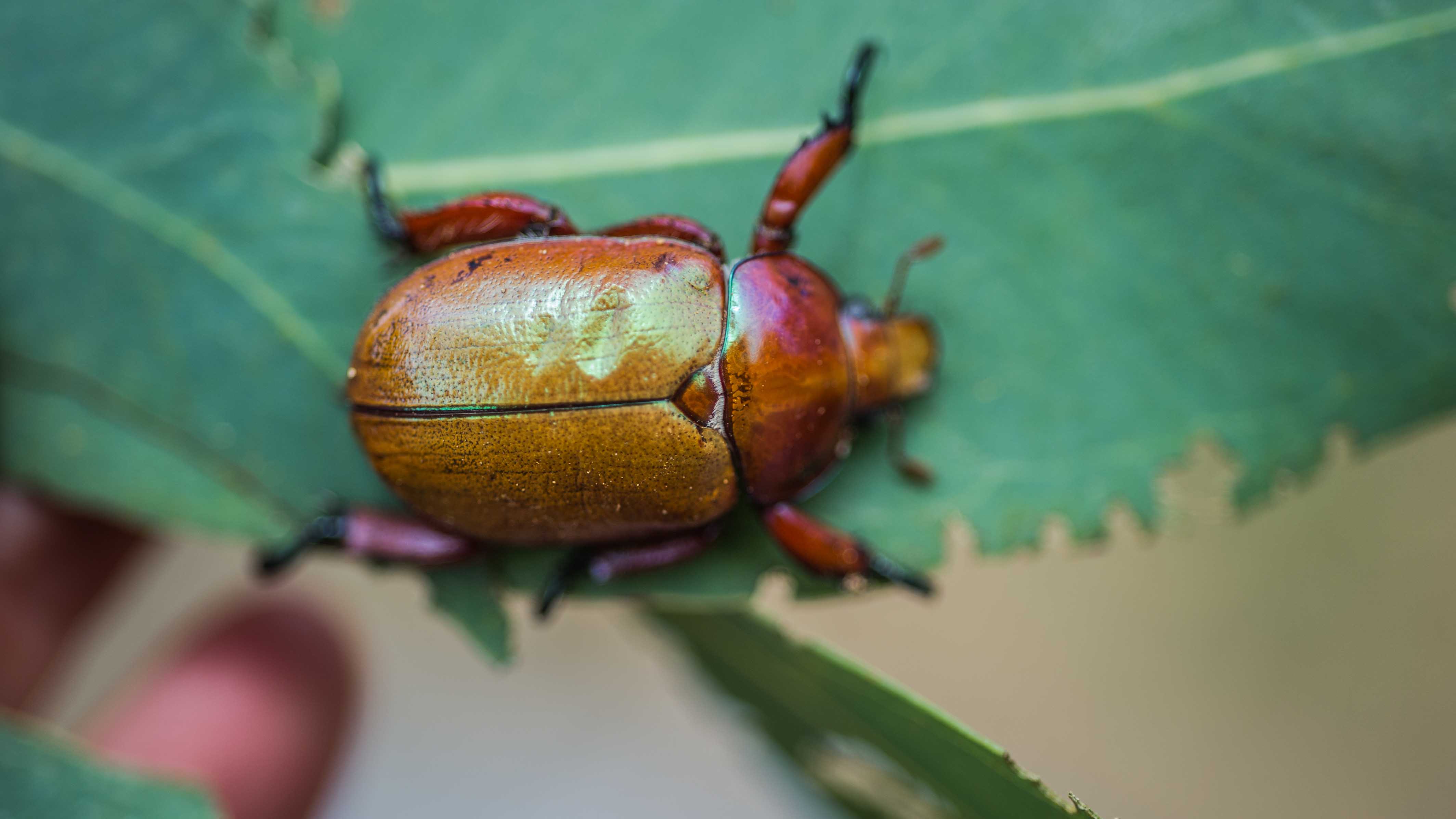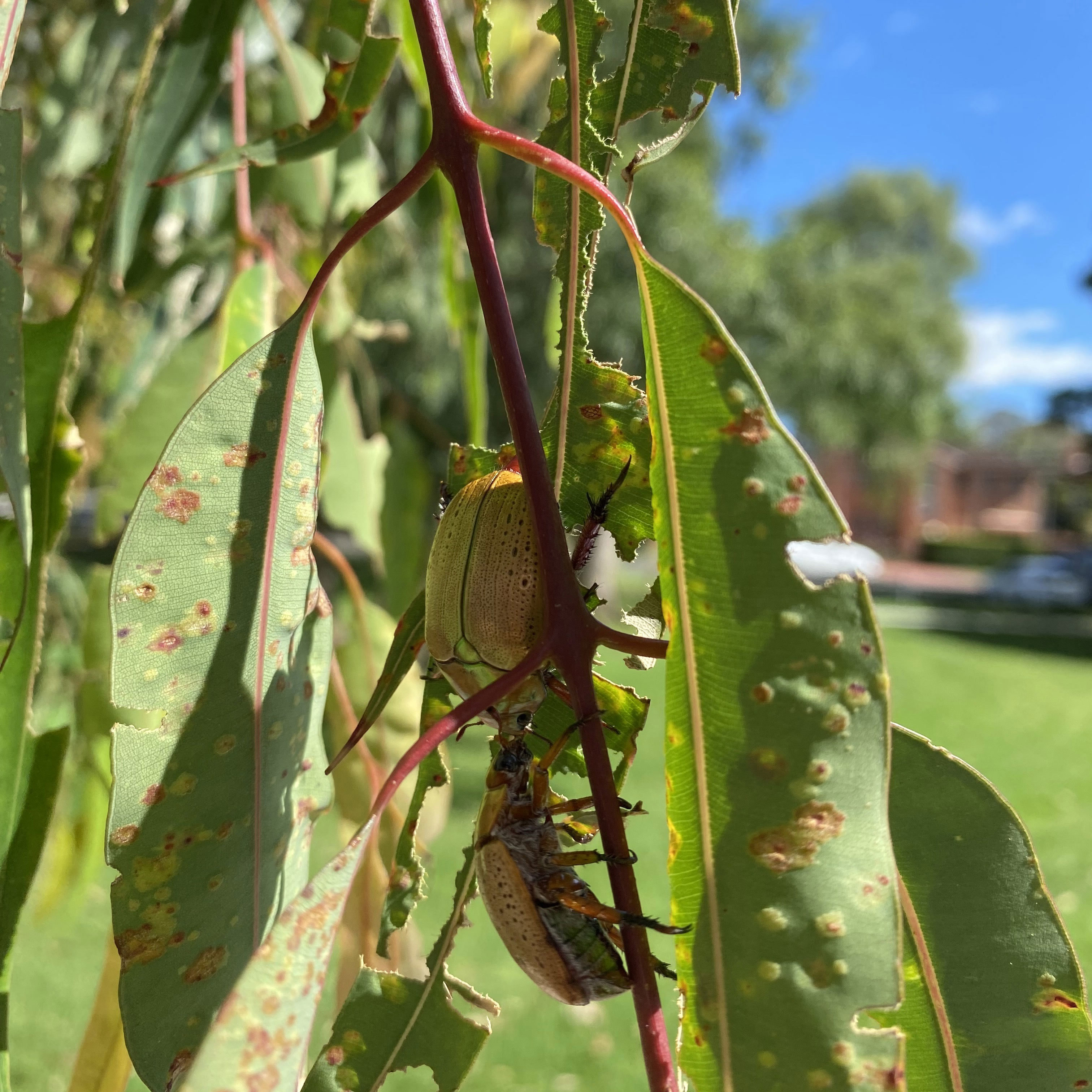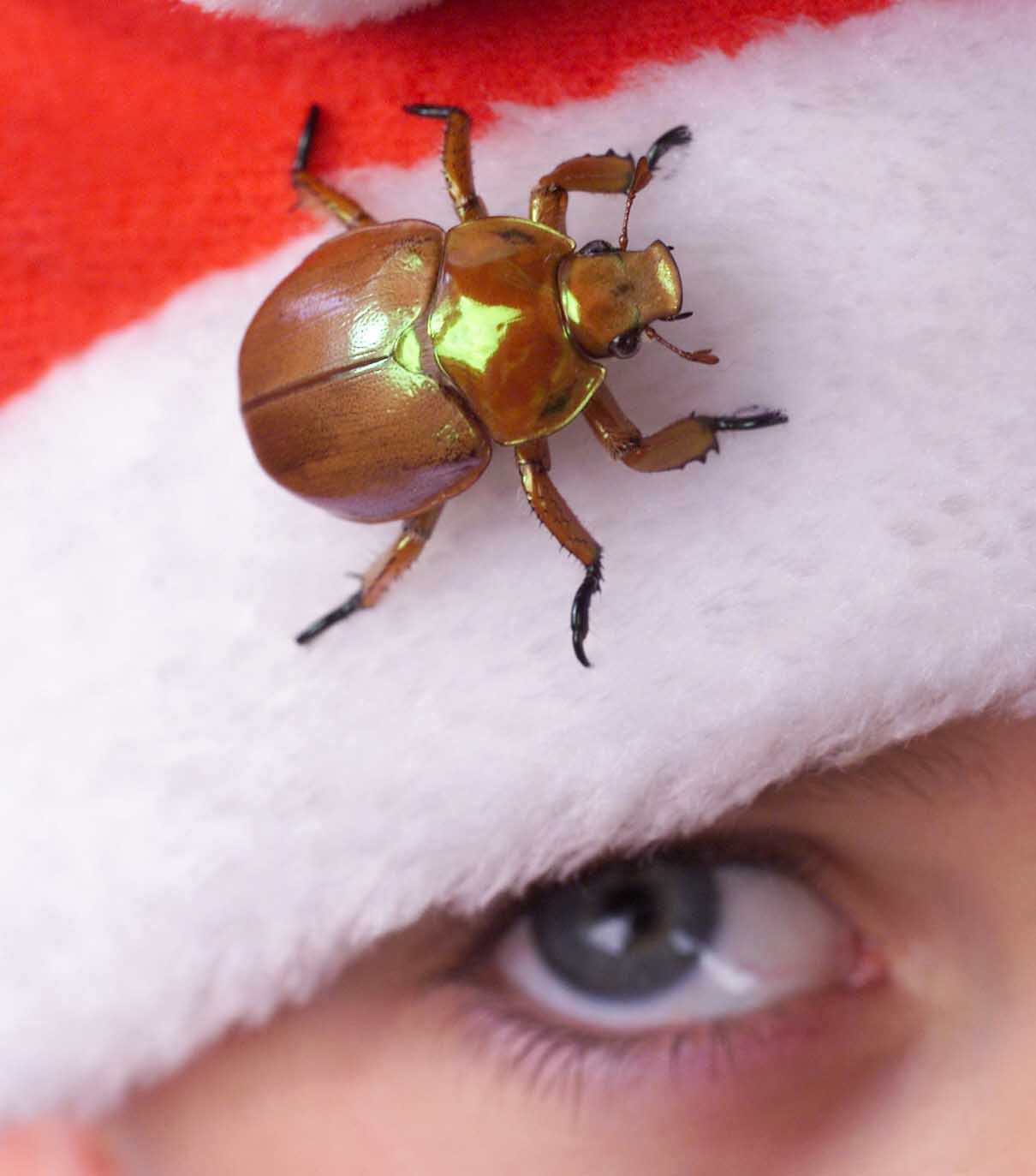For years, the Christmas beetle has seemingly been in decline, with fewer sightings leaving Australians of a certain age to look back on the seasonal scarab with feelings of nostalgia.
However, something different appears to be happening with the Christmas beetle this year.
For a start, the Christmas beetle has made its appearance far earlier than usual.
READ MORE: Federal MP Peta Murphy dies aged 50 after cancer battle

"Based on what we're seeing so far, Christmas beetles seem to have come early this year," entomologist and Sydney University associate professor Tanya Latty told 9news.com.au.
"We normally expect to start doing field work around mid-November and have a peak in December, but we've had sightings as far back as October this year, which is unusually early."
Latty said this year's warm spring had most likely influenced the insect's expedited arrival.
"Christmas beetles, like other insects, are cold-blooded, which means that their development rate - how fast they grow up - is tied to the temperature," Latty said.
"If you have warm weather, they'll develop faster, and that's most likely what's happened.
"We had such a warm spring and Christmas beetles, in particular, prefer to fly at night on hot, humid nights; we've had quite a few of those recently as well."
As well as earlier sightings, some Sydneysiders have reported seeing Christmas beetles in unusually high numbers this year.
Commenting on a post about Christmas beetles on a local Facebook page, one resident of Pennant Hills, on Sydney's upper north shore, said her backyard had been "inundated".
"We've had to put towels around doors to stop them sneaking inside!" another resident commented.
"We have loads in our back garden in Westleigh! We have five massive gums in our back garden," another wrote.
Another Sydney man told 9news.com.au he noticed hordes of Christmas beetles chomping on trees at a park in the southern suburb of Sylvania last weekend.
The sight was so unusual he snapped a photo.

Despite the anecdotal reports, Latty said it was impossible to say whether Christmas beetles were appearing in larger numbers this year.
Christmas beetles had never been monitored in the past, leading to a lack of historical data about the seasonal scarab, she said.
"We haven't had the formal monitoring to know what normal even is for Christmas beetles," Latty said.
In a bid to change this, Invertebrates Australia has been running the Christmas Beetle Count, in collaboration with the University of Sydney, for the past 18 months.
The citizen science project asks Australians to take photos and log any sightings of Christmas beetles in order to gather critical information about the insect.
However, Latty, who is also involved in the project, said it was still too early to say whether there were more reported sightings of the Christmas beetle this year than last.
Complicating matters was the fact that many Australians tended to mistake a similar-looking brown insect, the Argentinian lawn scarab, with the Christmas beetle, Latty said.

"These are a non-native pest that we actually do see in fairly high numbers in turfgrass; they're not Christmas beetles at all," Latty said.
There are 35 different species of Christmas beetle in Australia.
Christmas beetles live as adults for about a month, but they dwell as larvae underground in the soil for one to two years.
The larvae then turn into pupae, before digging their way to the Earth's surface as adults in much the same way cicadas do.
Australian Museum entomologist Chris Reid previously told 9news.com.au back in 2020 that Australia's long years of drought had possibly affected the development of Christmas beetles during their larva stage.
"Climate change is not really affecting the adults. It's affecting the larvae and its ability to feed in the soil," Reid said.
"If the soil is dry and rock hard then this becomes very difficult."
Reid hypothesised that several years of good rainfall could lead to a resurgence of the Christmas beetle.
Latty said the theory made sense, however, the danger lay in the soil becoming too waterlogged, which could also lead to problems for the larvae.
Aside from climate change, habitat destruction was thought to be one of the major reasons behind the decline of the Christmas beetle, in addition to the use of pesticides, both in agriculture and in backyard gardening, Latty said.
Contact reporter Emily McPherson at emcpherson@nine.com.au
from 9News https://ift.tt/b0amor8
via IFTTT
Comments
Post a Comment